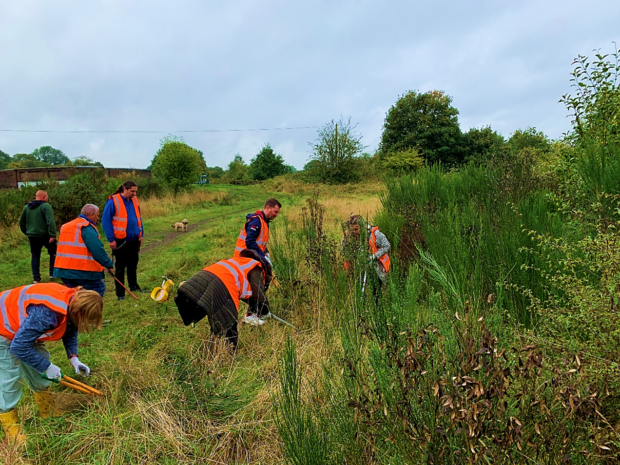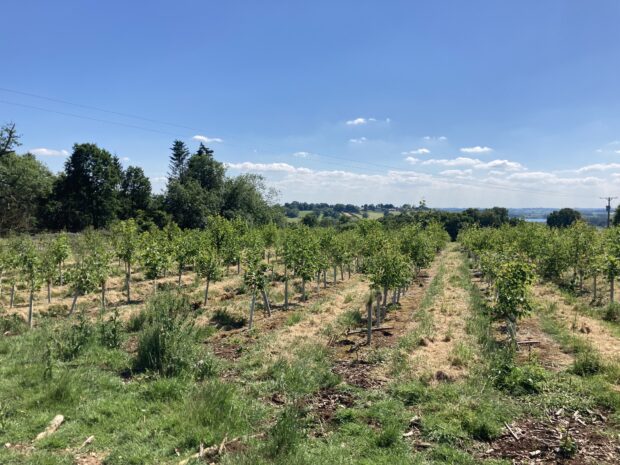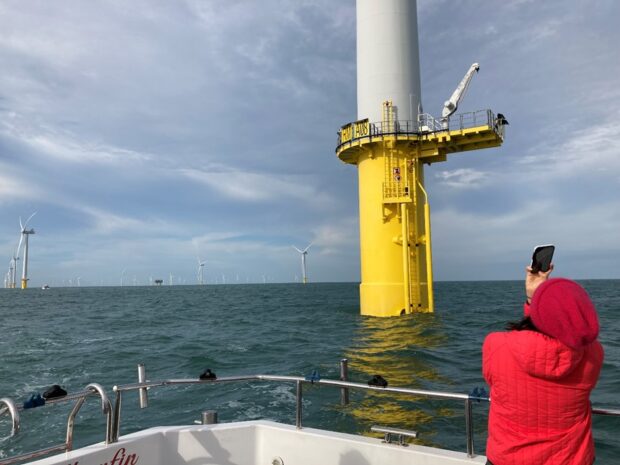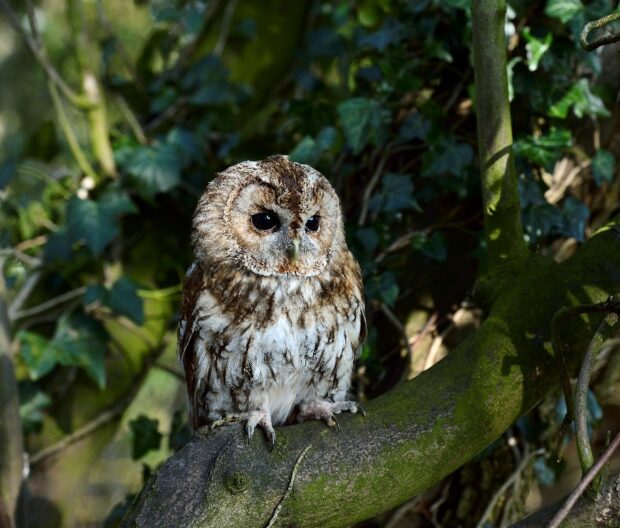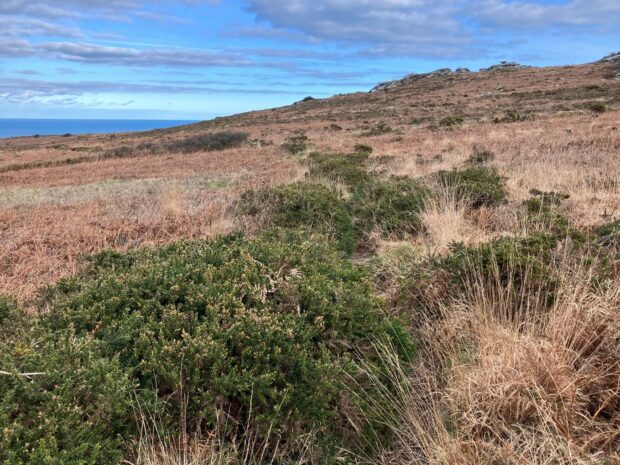1949 National Parks and Access to the Countryside Act - a reflection from Navroza Ladha

By Navroza Ladha, Chief Officer for Legal, Governance and External Affairs at Natural England On the 16 December this year (2024) we will be celebrating the 75th anniversary of the groundbreaking “1949 National Parks and Access to the Countryside Act”, …



